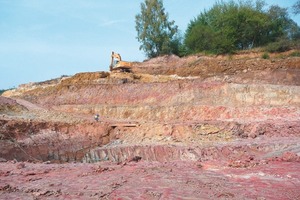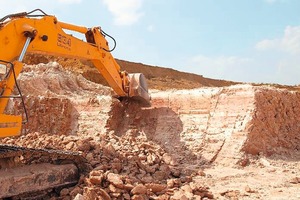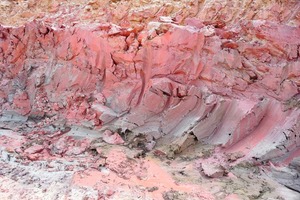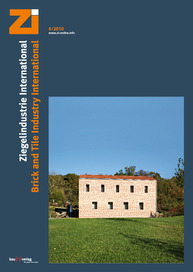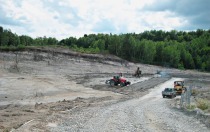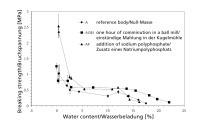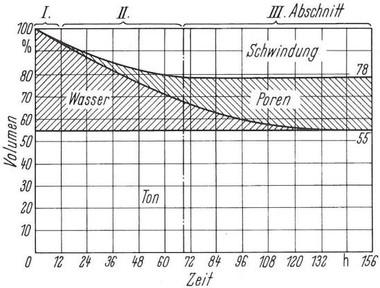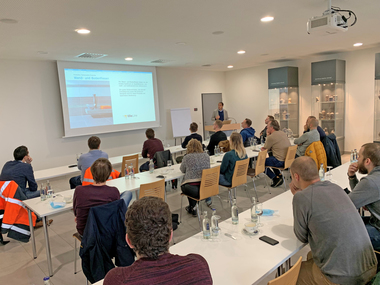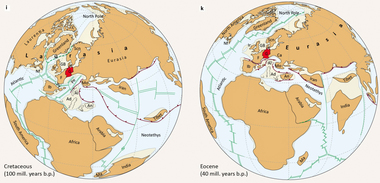Sibelco Deutschland takes over Josef Wagner Tonbergbau
2 January 2010, Sibelco Deutschland GmbH, Ransbach-Baumbach, has taken over Josef Wagner, Tonbergbau und Transporte, the clay mining and transport company based in Wirges.
With this acquisition, Sibelco Deutschland wants to extend its material reserves quantitatively and qualitatively so as to ensure a more dependable supply to customers. The deposits “Zimmermann” in Staudt, “Christel” and “Neuwiese” in Nentershausen as well as “Tonstein” in Leuterod are located at the heart of Germany’s Westerwald clay district and therefore geographically too they fit ideally in with Sibelco Deutschland’s business.
The “Tonstein” mining operation will add a high-quartz, clay-mineral-containing raw material to the Sibelco Deutschland portfolio, which is so consolidated that it has a “stone-like” character. The main feature of this material is that it has a much lower quartz inversion point than crystalline quartz. On account of the material’s hardness, with appropriate processing a size fraction is produced that can be used as a coarse opener for ceramic bodies. The main applications are therefore white-, red-, and variegated-firing ceramic bodies.
The “Zimmermann” clay mine contains reserves of kaolinitic-illitic clays, with an extremely fine grain composition of the quartz component. Combined with a very low content of organic matter (carbon content < 0.05%), these raw materials are especially suitable for fast firing. Clays from the “Zimmermann” deposit are used almost across the board in the ceramics industry.
Besides the clays typical for the Central Westerwald, the “Neuwiese” mine specialities are differently weathered shaly clays. The different weathering results in differences in hardness and therefore different potential uses, which are required primarily in respect of the particle distribution of optimized bodies. The drying behaviour of thick-walled building ceramic products (facing bricks, pavers, backing bricks and roofing tiles) can be improved considerably, while a wide sintering interval is preserved. Important parameters such as dimensional stability and deformations can also be favourably influenced. The mineralogy of the deposits provides a colour spectrum from orange-red to dark red depending on the iron content and the firing temperature.
The “Christel” deposit provides an ideal complement to the shaly clays from “Neuwiese”. These can be described as naturally processed shaly clays without coarse grain content, which, however, have a significantly higher content in the particle size range from 2 to 20 µm. The clays are therefore very suitable for particle size correction in the very fine grain range of ceramic bodies and often reduce common drying and cracking problems.
Together with the experienced Wagner employees, Sibelco Deutschland plans to secure and expand the acquired sites to guarantee supply of high-quality Westerwald clay raw materials to the industry.

